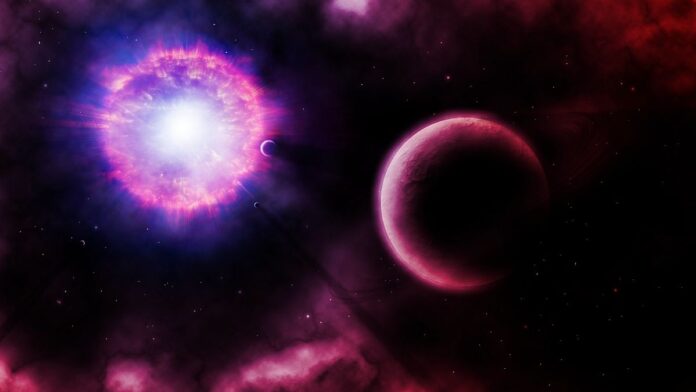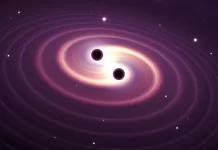A supernova is a catastrophic event that occurs in the life cycle of a star, resulting in an extremely powerful explosion. It is one of the most spectacular and fascinating phenomena in the universe and can be observed across vast distances. Supernovae are responsible for the creation of many of the elements that make up our world, including the iron in our blood. In this article, we will explore the different types of supernovae, their causes, and the impact they have on the universe.
Types of Supernovae
There are two primary types of supernovae: Type I and Type II. Type I supernovae occur in binary star systems, where two stars orbit each other. One of the stars in the system is a white dwarf, a small, dense star that has exhausted its fuel and collapsed under its gravity. The other star is typically a giant star that is still burning hydrogen fuel. As the giant star evolves, it loses mass and transfers it to the white dwarf. Eventually, the white dwarf accumulates enough mass to ignite a runaway nuclear reaction, which causes it to explode as a Type I supernova.
Type II supernovae, on the other hand, occur in single stars that are much more massive than the Sun. These stars undergo a series of fusion reactions that eventually lead to the production of iron in their cores. Once the iron core reaches a critical mass, it collapses under its gravity, releasing a huge amount of energy in the form of a Type II supernova.
Causes of Supernovae
The causes of supernovae are different for Type I and Type II supernovae. As we discussed earlier, Type I supernovae occur in binary star systems, where a white dwarf accumulates enough mass to ignite a runaway nuclear reaction. This can happen in several ways, including through the merger of two white dwarfs or the accretion of material from a companion star.
Type II supernovae, on the other hand, occur in single stars that are much more massive than the Sun. These stars undergo a series of fusion reactions that eventually lead to the production of iron in their cores. Once the iron core reaches a critical mass, it collapses under its gravity, releasing a huge amount of energy in the form of a Type II supernova.
Impact on the Universe
Supernovae have a significant impact on the universe. They are responsible for the creation of many of the elements that make up our world, including the iron in our blood. The energy released in a supernova also plays a role in the formation of new stars and planets. Supernovae are also important in the study of cosmology, as they can be used to measure the distances to other galaxies.
Conclusion
In conclusion, supernovae are one of the most spectacular and fascinating phenomena in the universe. They occur in different types and have different causes. Supernovae are responsible for the creation of many of the elements that make up our world and play a significant role in the formation of new stars and planets. Studying supernovae can help us understand the origins of the universe and the processes that drive its evolution.
Sources
- NASA. (n.d.). What Is a Supernova?
- National Geographic. (n.d.). Supernova.
- Khan Academy. (n.d.). Types of supernovae.
- Wolchover, N. (2011, September 22). How Do Supernovas Work?
- Chaisson, E., & McMillan, S. (2013). Astronomy: A Beginner’s Guide to the Universe. New York, NY: Pearson.
- Filippenko, A. V. (2012). Supernovae. In The Astronomy and Astrophysics Encyclopedia (pp. 1-7). New York, NY: Springer.
FACT CHECK: We strive for accuracy and fairness. But if you see something that doesn’t look right, please Contact us.
DISCLOSURE: This Article may contain affiliate links and Sponsored ads, to know more please read our Privacy Policy.
Stay Updated: Follow our WhatsApp Channel and Telegram Channel.












